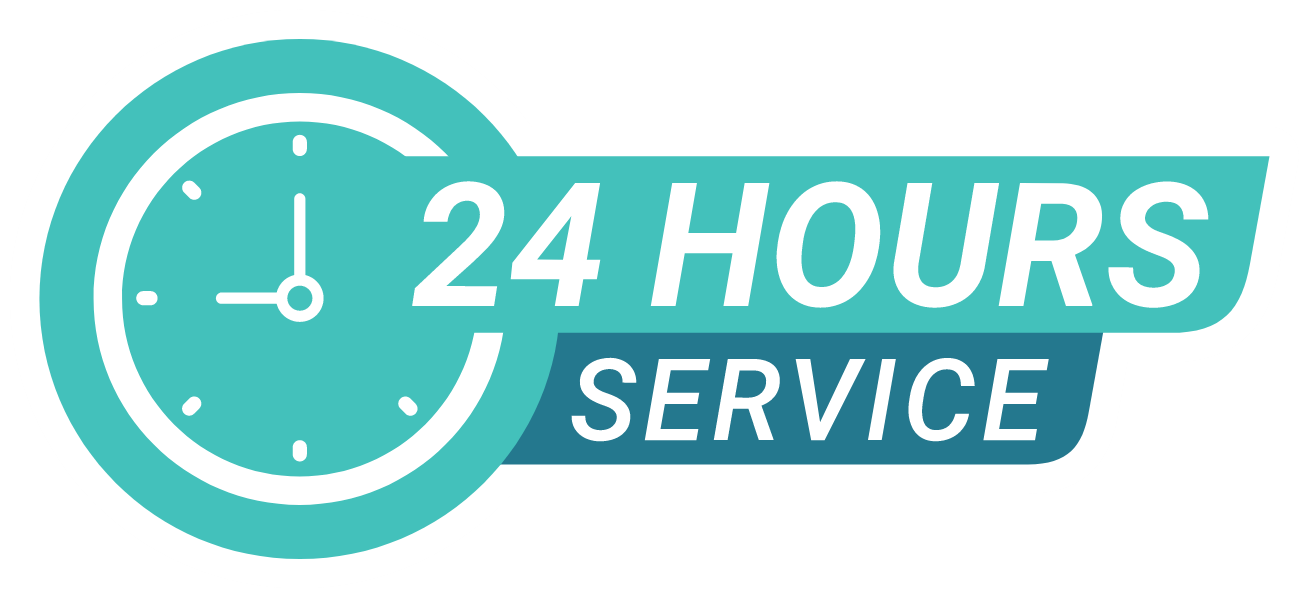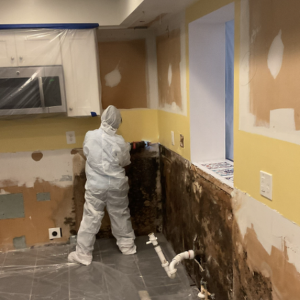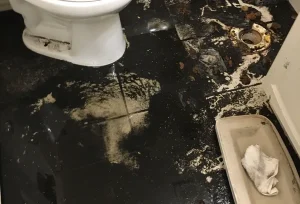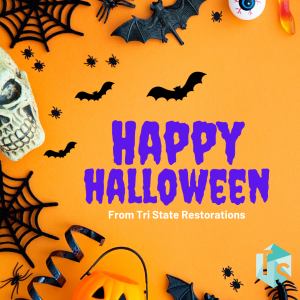Water damage is one of the most common and costly problems homeowners face. It can happen suddenly due to a burst pipe, heavy rainfall, or appliance failure—or it can develop slowly through leaks and seepage. When water invades your home, it poses serious risks not just to your property but to your family’s health as well. Understanding how to respond promptly and effectively to water damage is crucial for minimizing damage, avoiding health hazards, and reducing repair costs of water damage restoration.
This guide will walk you through everything you need to know about water damage restoration, including what to do immediately, how to dry and clean your home properly, when to seek professional help, and how to prevent future problems.
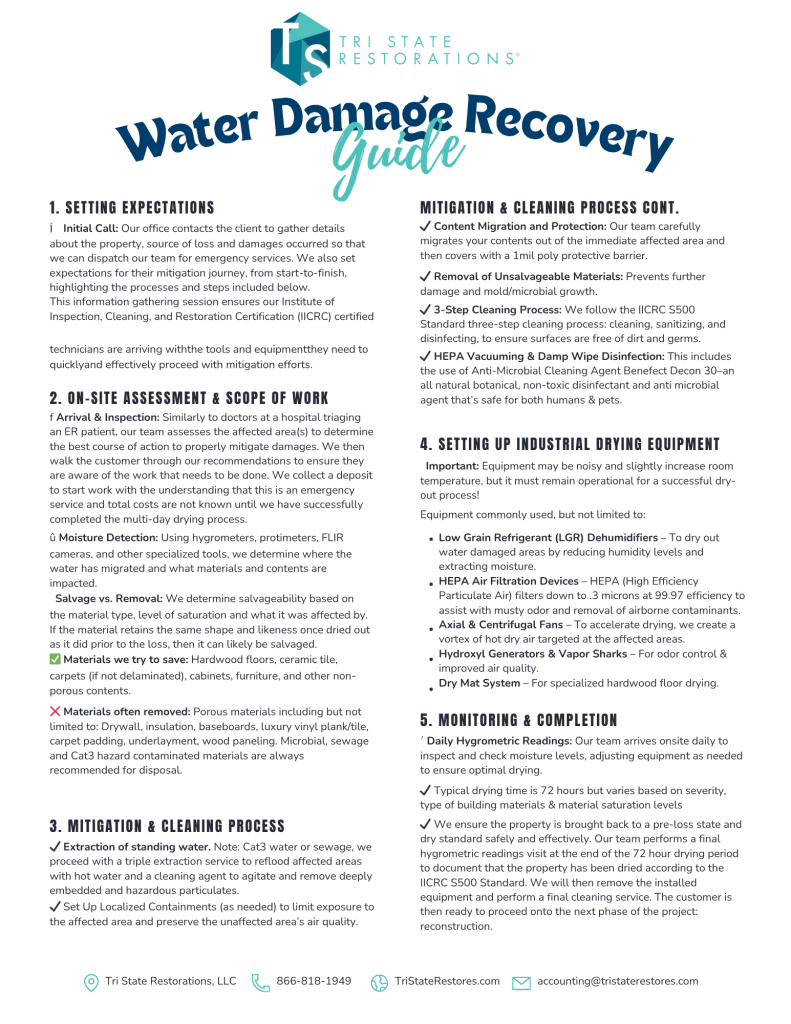
Immediate Steps After Water Damage Occurs
The moment you notice water damage, it’s important to act quickly and carefully. Taking the right steps of water damage restoration early on can help prevent secondary damage like mold growth, which can begin developing within 24 to 48 hours.
1. Stay Safe
Water and electricity are a dangerous combination. Before entering a water-damaged area, inspect if there are any electrical hazards such as submerged outlets or exposed wiring. If it’s safe to do so, turn off the electricity to the affected areas at your circuit breaker. Avoid standing in water near electrical appliances or outlets. When in doubt, wait for a professional electrician to make the area safe.
2. Stop the Source of Water
Identifying where the water is coming from is critical. If the damage is from a burst pipe or leaking appliance, shut off your home’s main water supply immediately. For damage caused by flooding or external water sources, there may not be a way to stop the water flow, so focus on safety and preventing the water from escalating.
3. Document the Damage
Before moving or cleaning anything, take photos and videos to document the extent of the damage. This documentation serves as evidence for insurance claims and can help contractors assess the damage accurately. Be thorough—capture all affected areas, damaged belongings, and water stains.
4. Remove Standing Water
Standing water is the biggest contributor to ongoing damage. Use buckets, mops, towels, or a wet/dry vacuum to start removing as much water as you can. This initial step helps reduce the potential for further water absorption into flooring, walls, and furniture.
Drying Out Your Home
Once the water is removed by using water damage restoration process, drying is the next critical step. Proper drying prevents mold growth and reduces further destruction to your property.
1. Ventilate the Space
Open all windows and doors to increase airflow through the affected areas. This allows fresh air to circulate and moisture to dissipate. If outside air is humid or it is raining, keep windows closed and use fans and dehumidifiers instead.
2. Use Fans and Dehumidifiers
Fans increase evaporation by moving air over wet surfaces, while dehumidifiers pull excess moisture from the air. Position them strategically around the room to maximize drying efficiency. Running these for several days may be necessary depending on the extent of the damage.
3. Remove Wet Items Promptly
Take wet furniture, rugs, cushions, and other belongings outside or to a dry place. Items that stay damp indoors can contribute to mold growth and lingering odors. In some cases, professional cleaning or restoration of belongings will be required.
4. Check for Hidden Moisture
Water often seeps into places you can’t immediately see—inside walls, under floorboards, or behind baseboards. Use moisture meters if you have them, or hire a professional to assess these hidden spots. Thorough drying of these areas is essential to prevent mold.
Cleaning and Sanitizing
Water damage isn’t just about wet surfaces. Contaminants from sewage, bacteria, or chemicals can make affected areas unsafe and unhealthy.
1. Clean All Surfaces
Clean and disinfect all surfaces that came in contact with the water. Use appropriate disinfectants according to the nature of the water—clean water requires different treatment than sewage-contaminated water. Thorough cleaning also helps reduce odors.
2. Dispose of Unsalvageable Materials
Some materials won’t dry completely or will remain contaminated. This includes waterlogged drywall, insulation, carpeting, and padding. These should be removed and discarded to prevent microbial growth and structural problems.
3. Address Mold Early
Mold can appear quickly after water damage. If you see mold spots or detect a musty smell, address the issue immediately. Small mold patches can be cleaned with household products, but larger infestations require professional remediation.
When to Call in Professionals
Not all water damage can be handled safely or effectively by homeowners. Complex or extensive damage often needs specialized equipment and skills to restore the property fully.
You Should Seek Help When:
- The affected area is larger than 10 square feet
- Water is contaminated with sewage or hazardous chemicals
- Mold is evident or suspected in hidden areas
- Structural elements or electrical systems have been affected
- Drying equipment and moisture detection tools are needed
Professionals have commercial-grade pumps, dryers, and cleaning tools far more powerful than consumer-grade equipment. They also understand the precise steps and standards to ensure a safe and complete restoration.
Preventing Future Water Damage
Once your home is restored, taking preventative measures can save you stress and money down the line.
1. Regularly Inspect Your Plumbing
Check for leaks in pipes, water heaters, and appliances regularly. Early detection helps avoid catastrophic failures. Look for drips, pooling water, or stains on ceilings and walls.
2. Maintain Gutters and Drainage
Ensure your gutters and downspouts are cleared and direct water away from your home’s foundation. Poor drainage can lead to basement flooding or water intrusion during heavy rains.
3. Install Water Sensors
Modern technology offers water leak detectors and shut-off valves that alert you immediately when water is detected where it shouldn’t be. These devices can stop leaks quickly and minimize damage.
4. Waterproof Vulnerable Areas
Consider waterproofing efforts, especially in basements or crawl spaces prone to flooding. Using sealants and moisture barriers can greatly reduce water intrusion.
Final Thoughts
Water damage can be overwhelming, but knowledge and swift action of water damage restoration process are your best defenses. By understanding immediate safety precautions, the drying process, appropriate cleaning measures, and knowing when professional help is needed, you can manage water damage effectively. Moreover, by taking proactive steps to prevent future flooding or leaks, you protect your home and your investment.
Remember, every minute counts when dealing with water damage. Acting quickly and decisively is the difference between a manageable cleanup and a costly restoration project. Keep this guide handy—it may be the key to saving your home when water strikes.
Sharing is caring!



